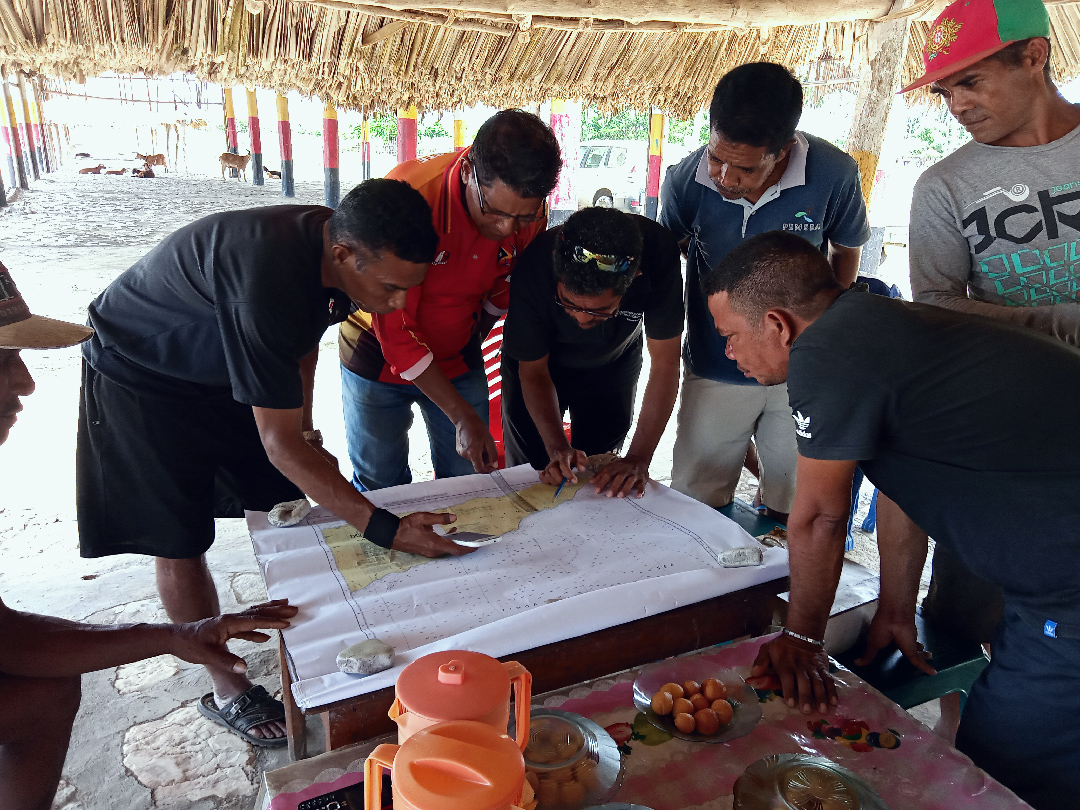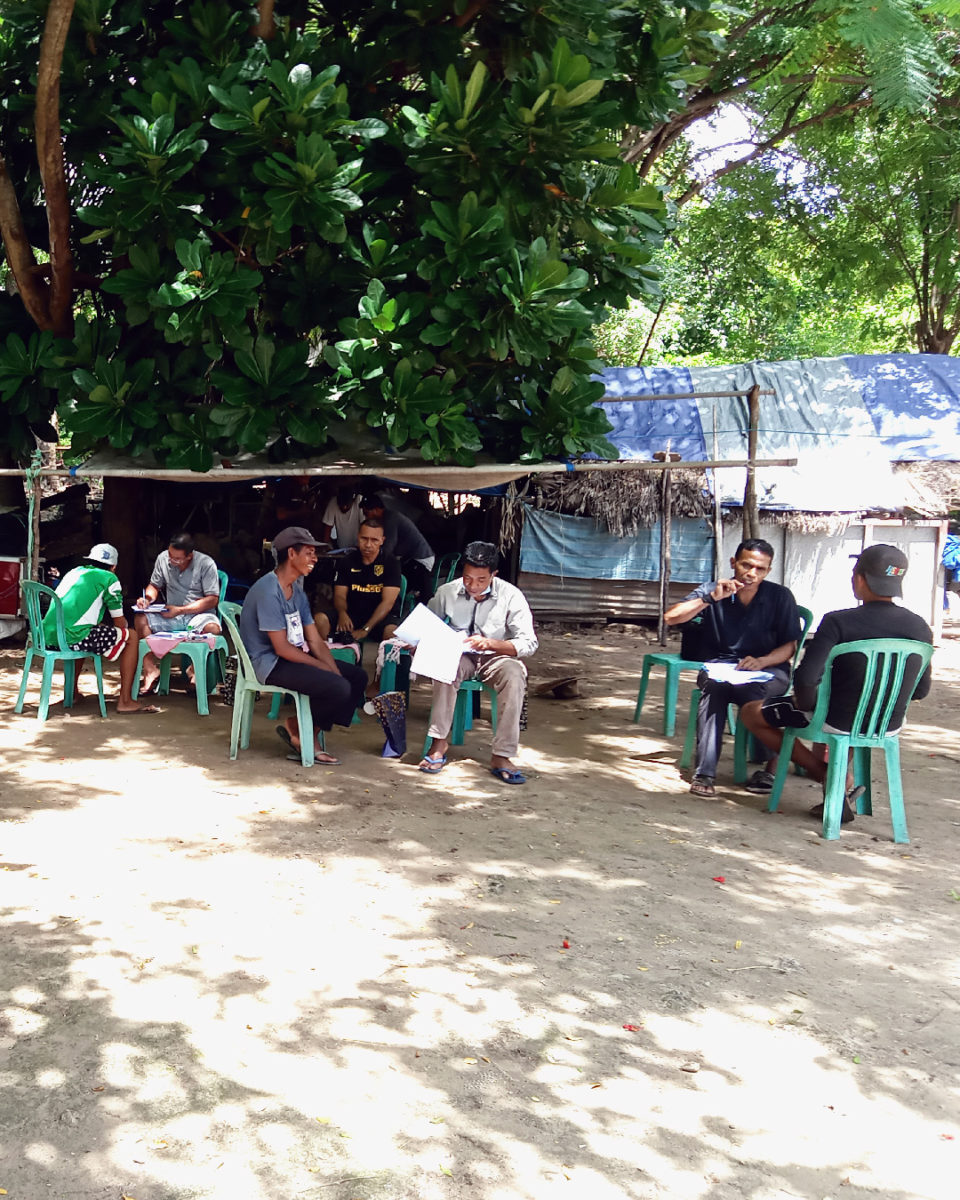
In Timor-Leste – where over 70% of the population relies on subsistence agriculture – fishing is a crucial source of livelihoods and protein for both coastal dwellers and inland communities. Small-scale coastal fisheries dominate the fisheries sector, while inland fish farms are seasonal and usually sustain only a single household.
Surveys of the Timor Sea[1] have identified stocks of economically important fish species of snapper (Lutjanidae), bream (Lethrinidae), and perch (Serranidae). Several snapper species were the most common, comprising 49.32% of the total catch. Among the snapper, there were three species of high economic importance: Pristipo moidestypus, P.mutidens, and Lutjanus vitta.
Yet, these economically important fisheries face increasing challenges, including climate change, coastal development, rising numbers of fishing boats, and globalized fishing fleets.
Illegal fishing is a major threat to Timor-Leste’s fish stocks, particularly from foreign vessels using destructive techniques including blast fishing, the use of the natural pesticide Derris Root, and crowbars to dislodge corals to create fish traps.
Effective management is vital to maintaining these fisheries’ sustainability. As part of the initiative to recover and sustain the Timor-Leste’s fisheries sector, Melbourne-based Fishwell Consulting and Bali-based Starling Resources have been commissioned to work collaboratively to develop an Ecosystem Approaches to Fishery Management (EAFM) plan for red snapper in the Arafura and Timor Seas.
Successful EAFM planning depends on stakeholder participation and accurate information, among other factors. To support the planning, ATSEA-2 conducted a primary research survey to better understand snapper fishery dynamics in Timor-Leste, including fishing locations, gears, catch effort, and species targeted. Other information collected included fisheries market dynamics, fish landing and distribution patterns, prices along the value chain, and participants in the value chain.

On February 3 to 4, 2021, UNDP Timor Leste held a Survey Training and Planning Workshop with representatives from four municipalities, Viqueque, Manufahi, Manatuto and Lautem. The facilitators from UNDP, MAF, Fishwell Consulting, and Starling Resources provided their sector-specific knowledge to form the EAFM for red snapper, as well as survey design, planning, and implementation.
On February 9, the survey team departed to Lautem, Viqueque, Manafuto and Manufahi municipality. Over the next four consecutive weeks, the team visited 13 villages to collect data and information on fisheries characteristics to inform an effective and sustainable management plan.
The surveying team at different times faced difficult sea conditions, including strong winds and large waves, which limited their progress. This was even more difficult given that few large boats in Timor-Leste and most fishermen use out-rigger style canoes.
The survey teams recorded that all communities faced considerable difficulties in accessing markets. A lack of transport and little storage equipment meant fishermen could not move fish catches to market.
Throughout the survey, the surveyors gathered information from local fishermen and coastal community focus groups, local fisheries buyers and xefe sucos (village chiefs). Some reported regularly seeing illegal fishing boats in their waters, and many felt that there was a bias in support for fishermen on the more densely populated north coast, despite the abundant fisheries on the south coast.
This survey will serve as a milestone in addressing the uncertainties relating to the reliability of available scientific information, particularly on the Red Snapper fishery in Timor-Leste.
Integrating such data will support the implementation of EAFM that holistically takes ecological and socio-economic aspects into account to protect and preserve the ecosystem and its functions and provide food, income, and livelihoods for society.
(Ines Da Costa Pereira)
[1] TIDCA, 2004, Final Report of Thailand and Timor-Leste Joint Survey on Fishery Research and Oceanographic Observations in the Exclusive Economic Zone of Timor-Leste


